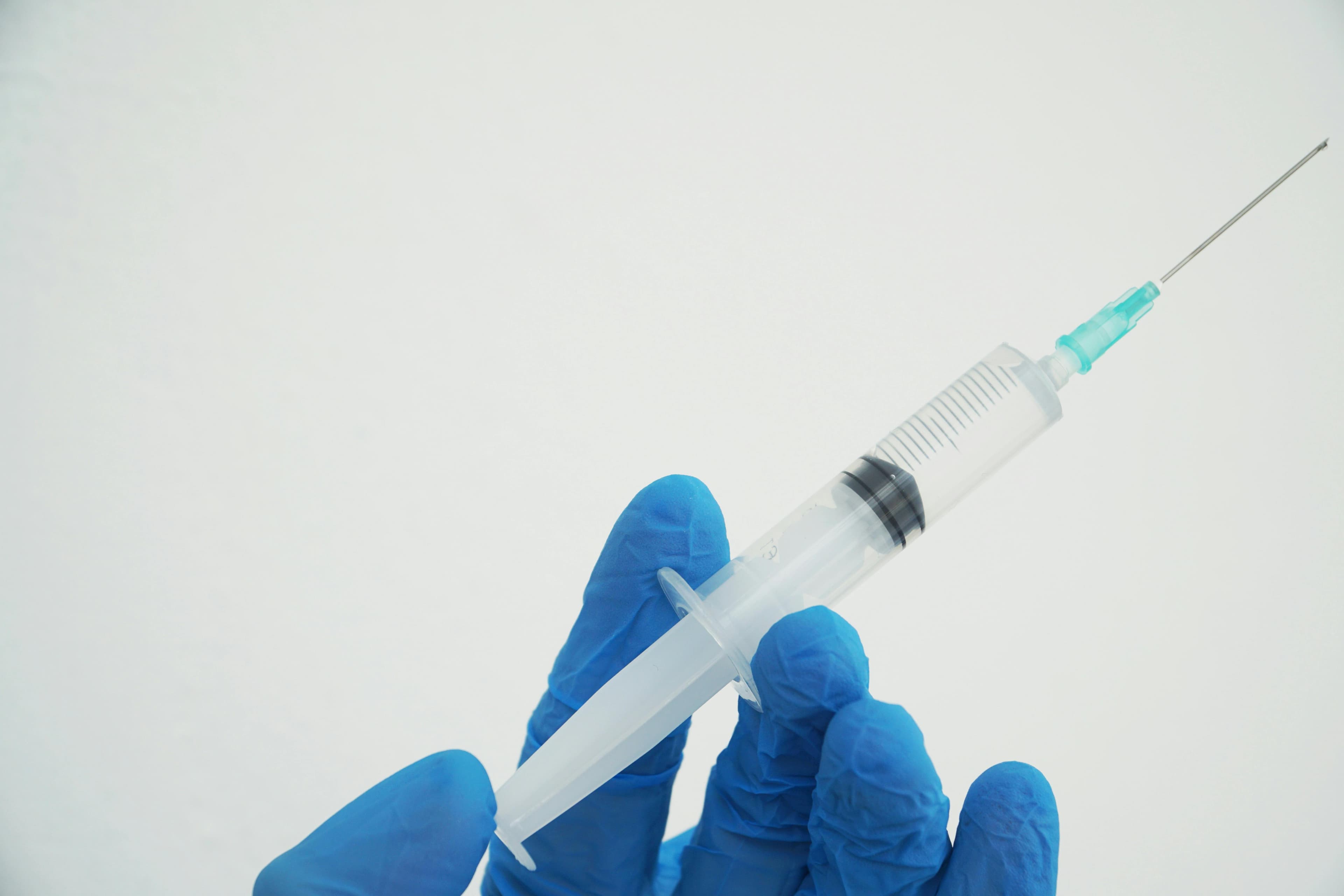Ketamine Intramuscular: A Comprehensive Guide to Usage and Effects
Published on January 1, 2025
Key Takeaway
Intramuscular ketamine is a safe and effective option for procedural sedation and analgesia, with rapid onset and a favorable side effect profile when used appropriately.
Introduction
Ketamine, a versatile anesthetic agent, has gained significant attention in recent years for its use in various medical settings. Intramuscular (IM) administration of ketamine has become particularly popular due to its ease of use and rapid onset of action. This comprehensive guide will explore the applications, benefits, and considerations of intramuscular ketamine in clinical practice.
Understanding Intramuscular Ketamine
Intramuscular ketamine refers to the injection of ketamine directly into a muscle, typically in the thigh or upper arm. This route of administration offers several advantages over intravenous (IV) ketamine, especially in situations where IV access may be challenging or unavailable.

Dosage and Administration
The appropriate dosage of intramuscular ketamine varies depending on the intended use and patient characteristics. According to Estel et al. (1986), for procedural sedation in pediatric patients, a dose of 5-8 mg/kg body weight is typically effective, with a duration of action lasting 20-30 minutes. However, it's crucial to note that dosing may differ for adults and in various clinical scenarios.
Onset and Duration of Action
One of the key advantages of intramuscular ketamine is its rapid onset of action. Clements et al. (1982) found that absorption after intramuscular injection was rapid, with a bioavailability of 93%. This quick onset makes it particularly useful in emergency situations or when immediate sedation is required.
Clinical Applications
Intramuscular ketamine has a wide range of clinical applications, including:
- Procedural sedation in pediatrics
- Pain management in acute trauma
- Sedation for diagnostic procedures
- Management of agitated patients in emergency settings
Ellis et al. (2004) demonstrated high levels of satisfaction among parents and staff when using intramuscular ketamine for pediatric procedural sedation, highlighting its effectiveness in this population.
Comparison to Other Routes of Administration
While intramuscular ketamine offers several advantages, it's important to consider how it compares to other routes of administration. Momeni et al. (2014) compared IV and IM ketamine in children admitted to the emergency department. They found that while both routes were effective, IV ketamine provided a shorter time to adequate sedation.

Safety Profile and Adverse Effects
Intramuscular ketamine generally has a favorable safety profile when used appropriately. However, it's not without risks. Melendez et al. (2009) reported that while respiratory adverse events with ketamine are uncommon, serious events like laryngospasm occur more frequently with IM administration compared to IV.
Common side effects may include:
- Nausea and vomiting
- Transient increases in blood pressure and heart rate
- Emergence reactions (vivid dreams, hallucinations)
- Muscle hypertonicity
Special Considerations
When using intramuscular ketamine, several factors should be considered:
- Patient selection: Careful screening for contraindications is essential.
- Monitoring: Continuous monitoring of vital signs and oxygen saturation is crucial.
- Recovery: Patients should be observed until fully recovered from sedation.
- Adjunctive medications: Some practitioners use adjuncts like midazolam to reduce side effects.
Future Directions and Research
Ongoing research continues to explore new applications and refine protocols for intramuscular ketamine use. Areas of interest include its potential in treating depression, PTSD, and chronic pain conditions. Further studies are needed to optimize dosing regimens and minimize adverse effects.
Conclusion
Intramuscular ketamine represents a valuable tool in the medical arsenal, offering rapid and effective sedation and analgesia in various clinical scenarios. While it carries some risks, proper patient selection, dosing, and monitoring can mitigate these concerns. As research progresses, we can expect to see expanded applications and improved protocols for the use of intramuscular ketamine in medical practice.